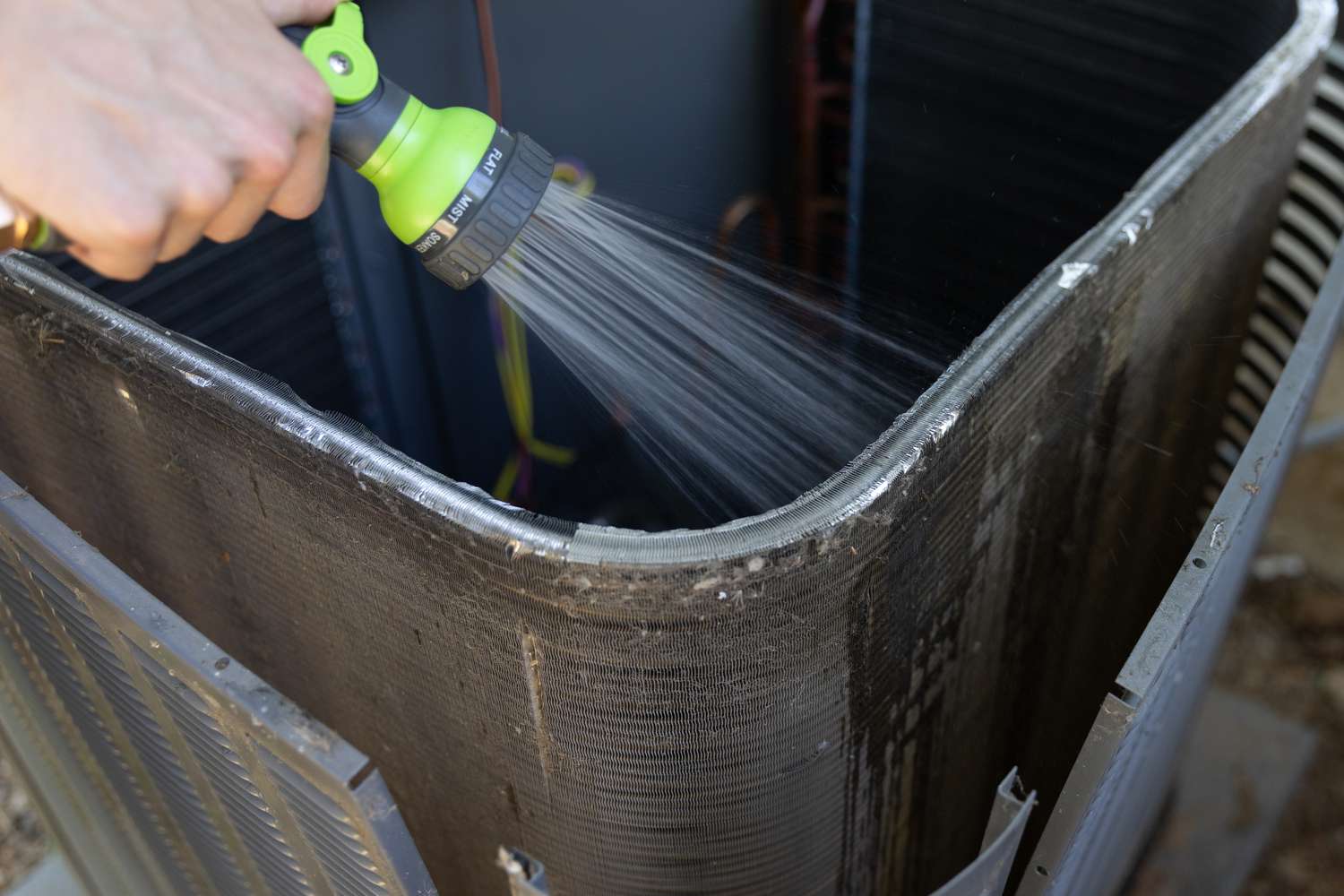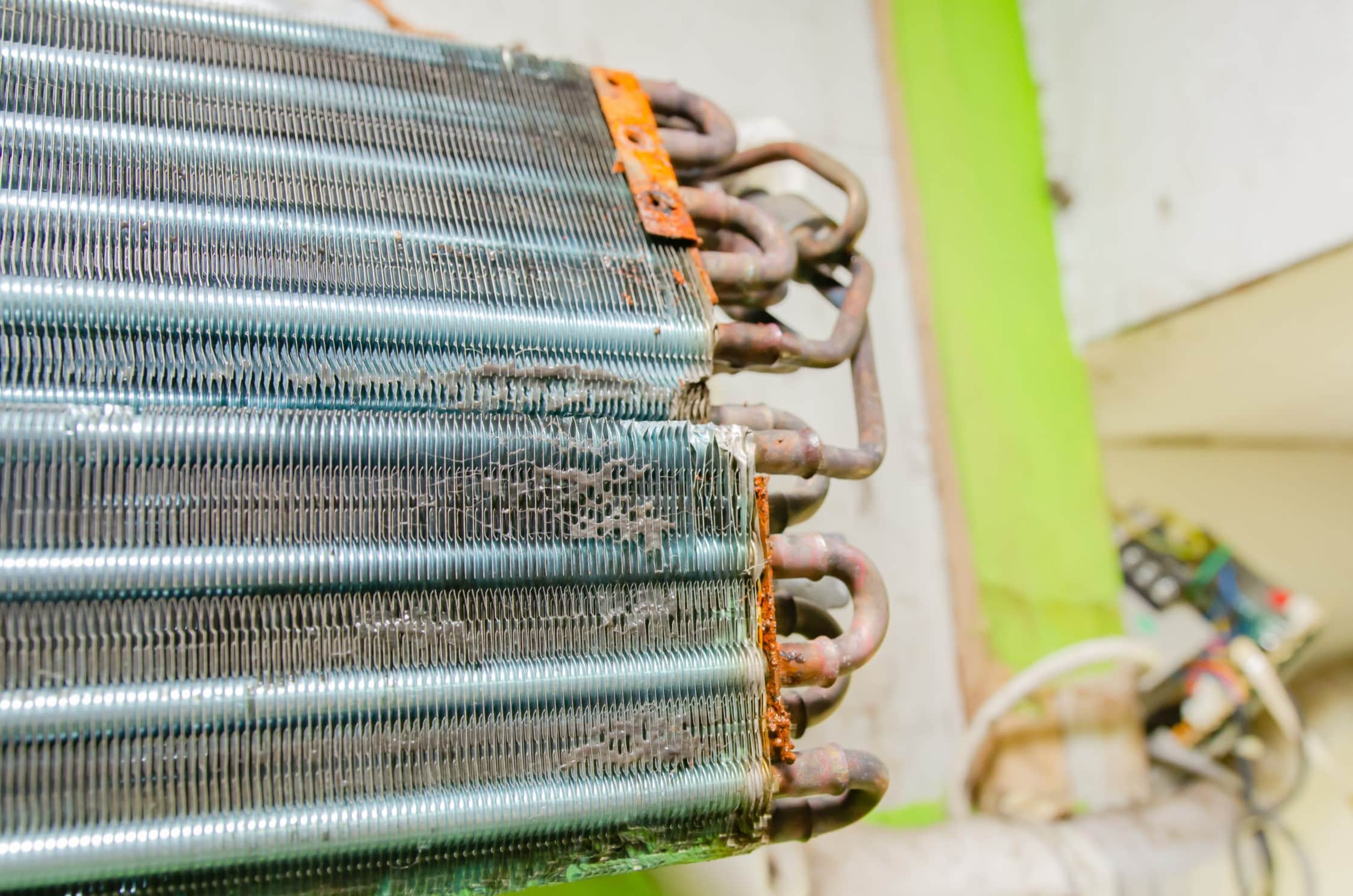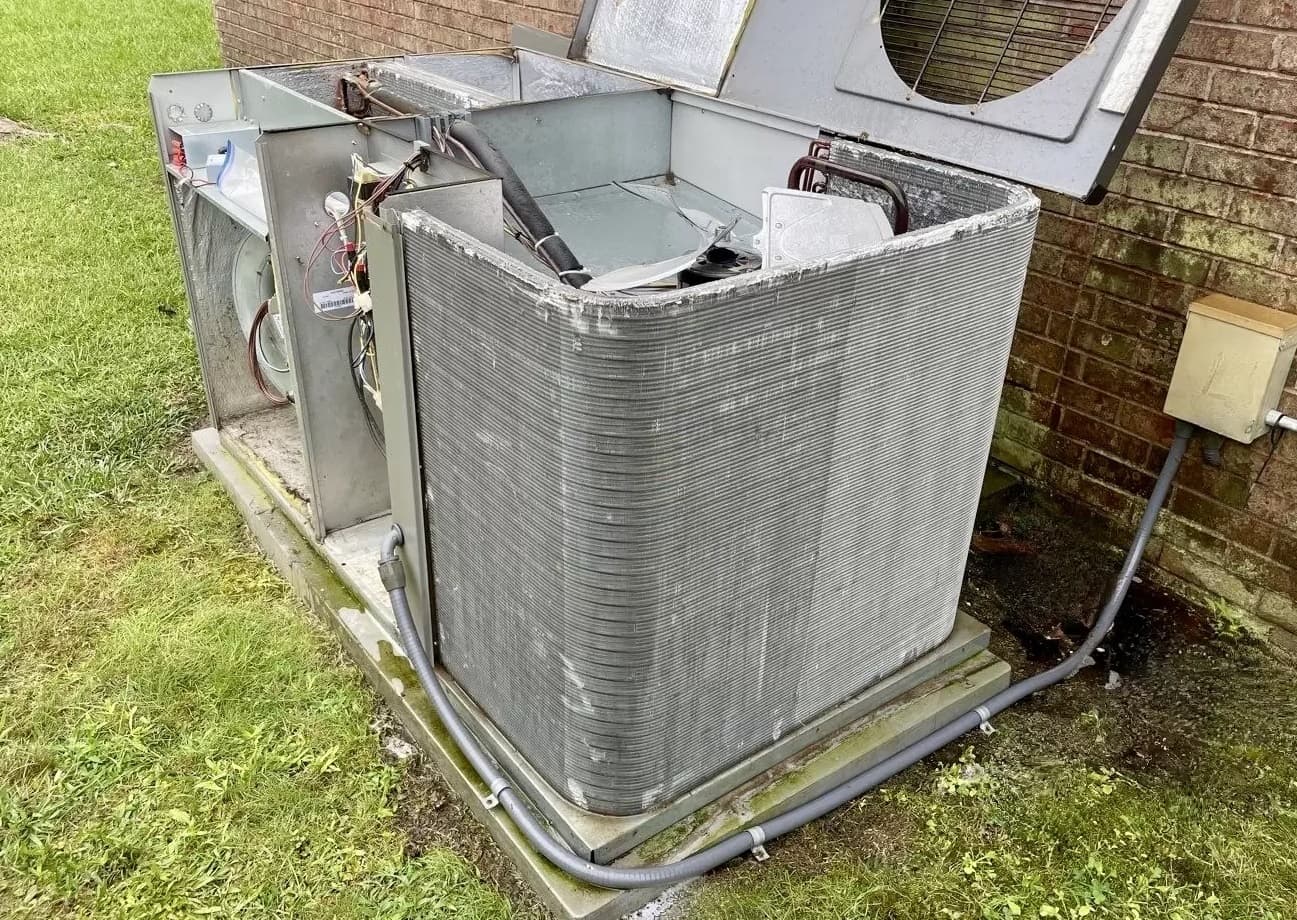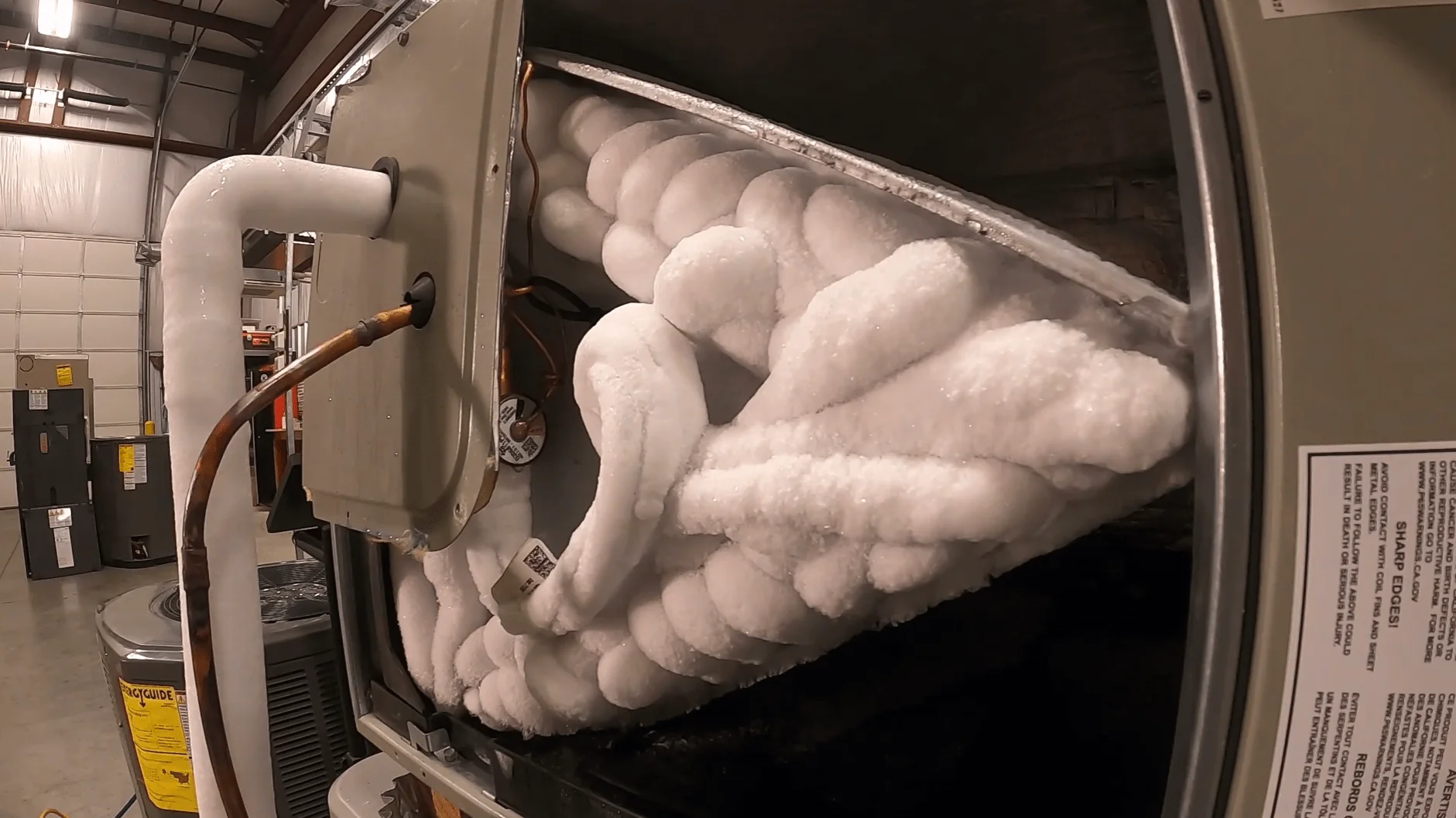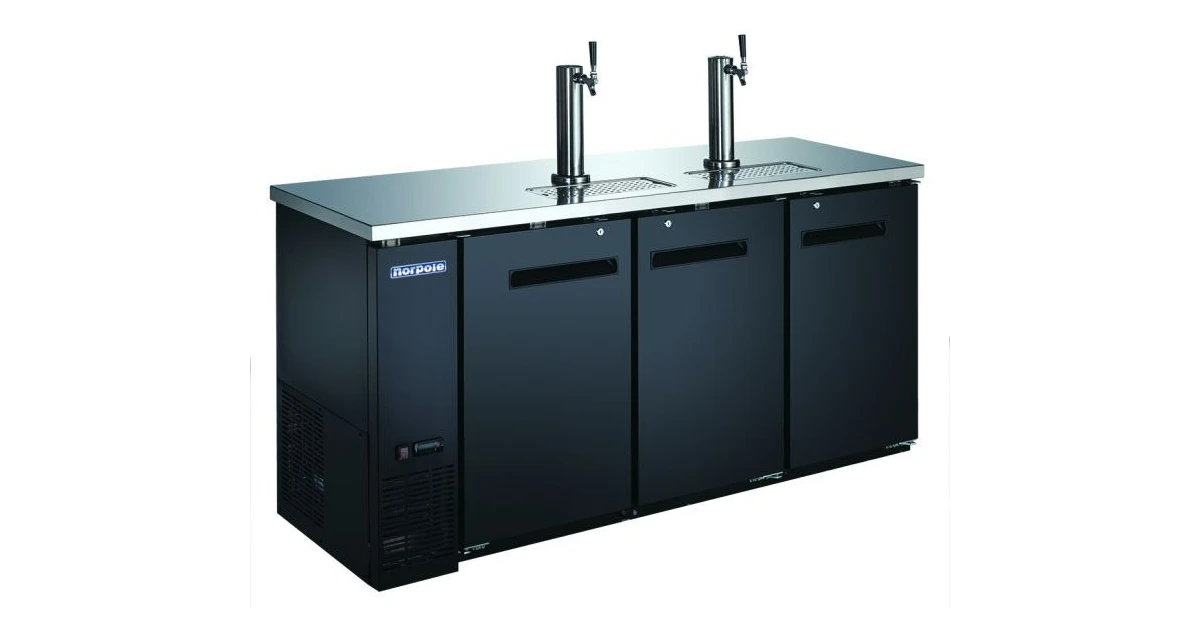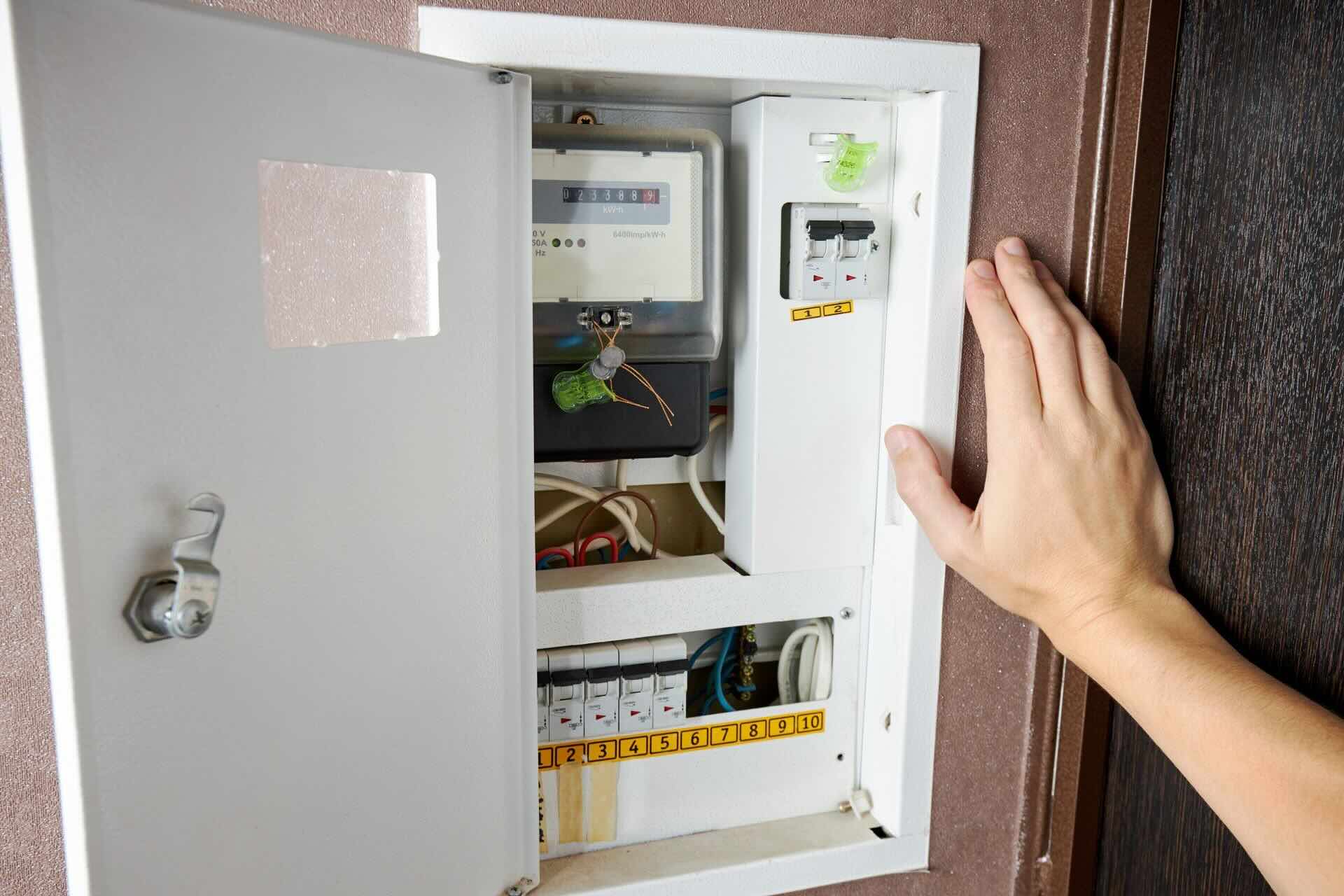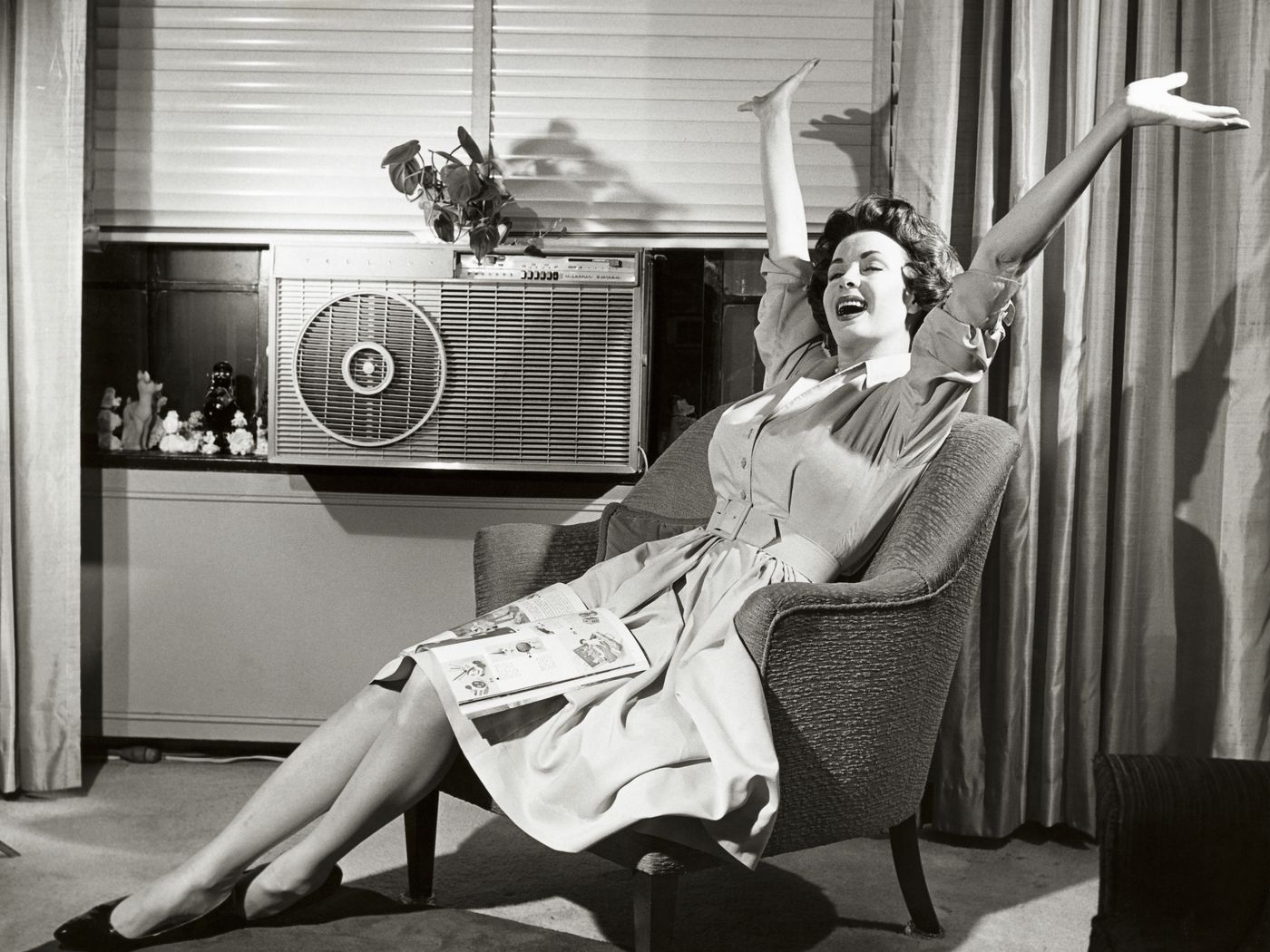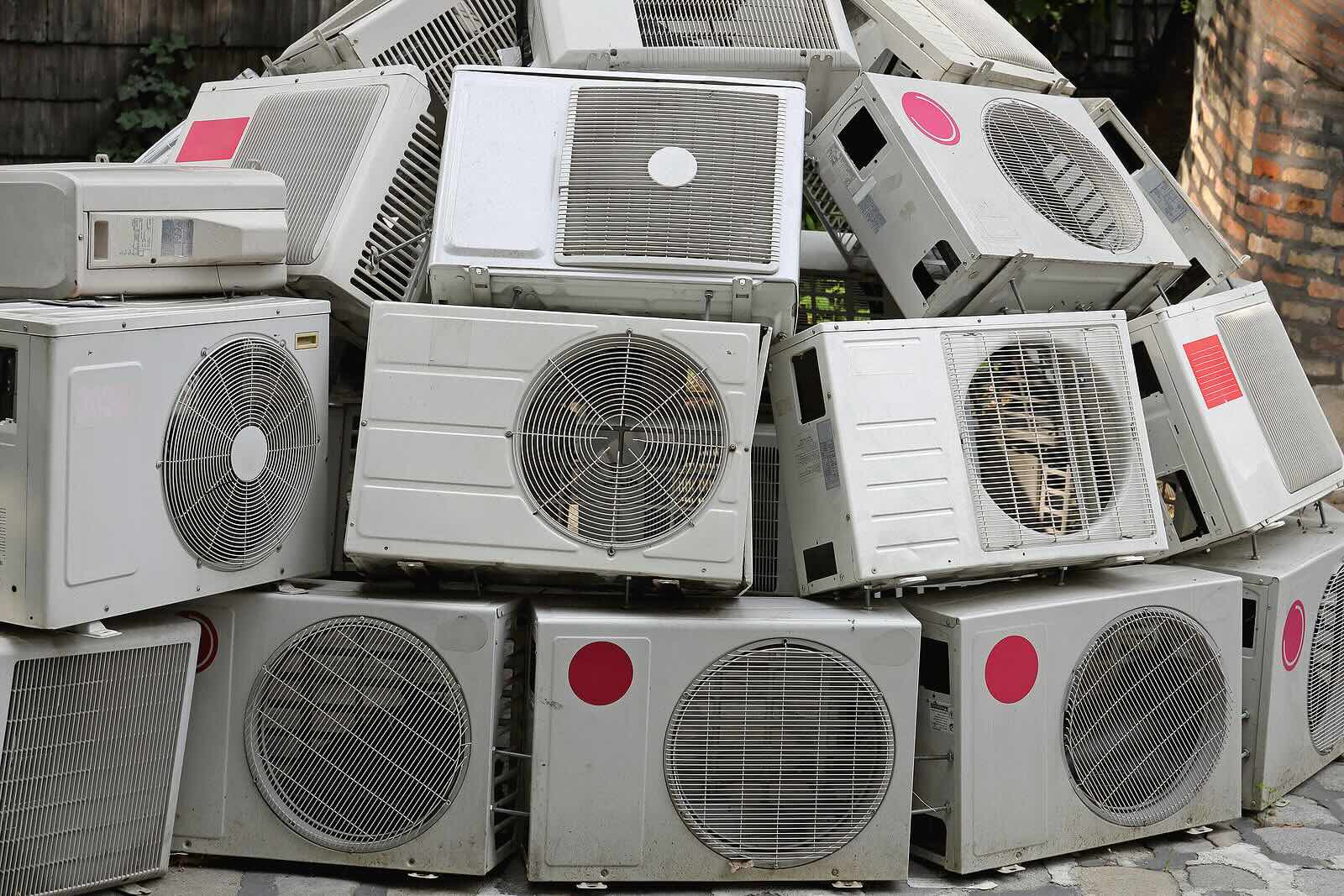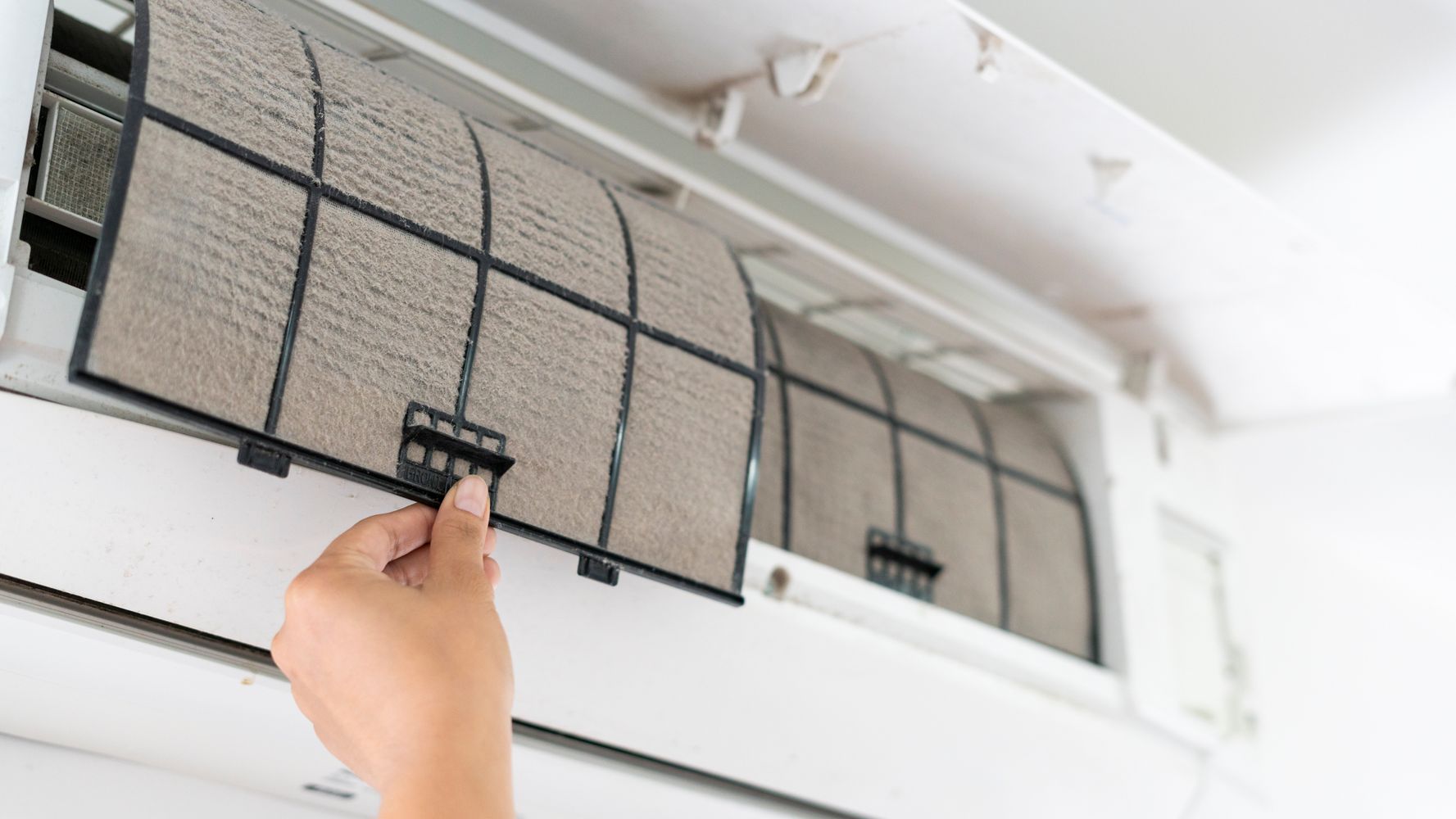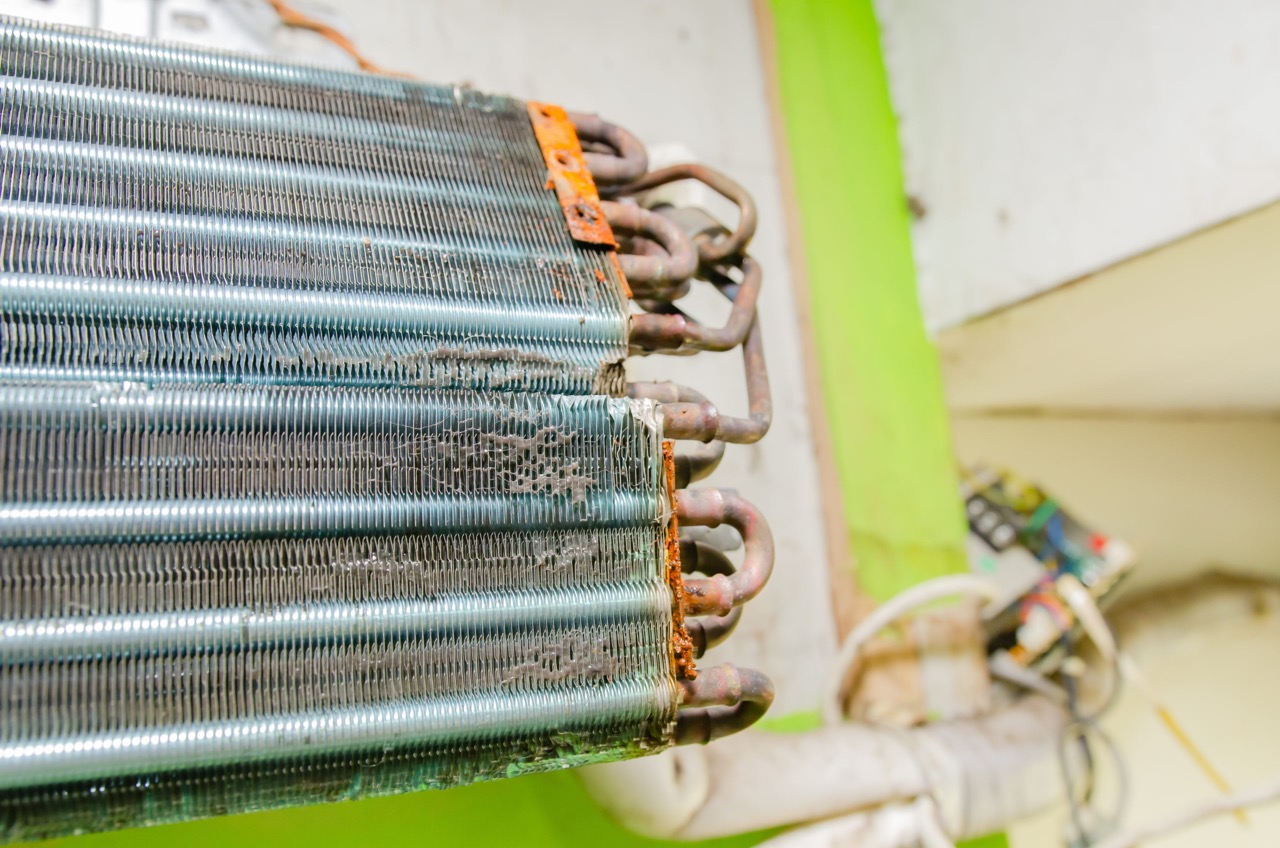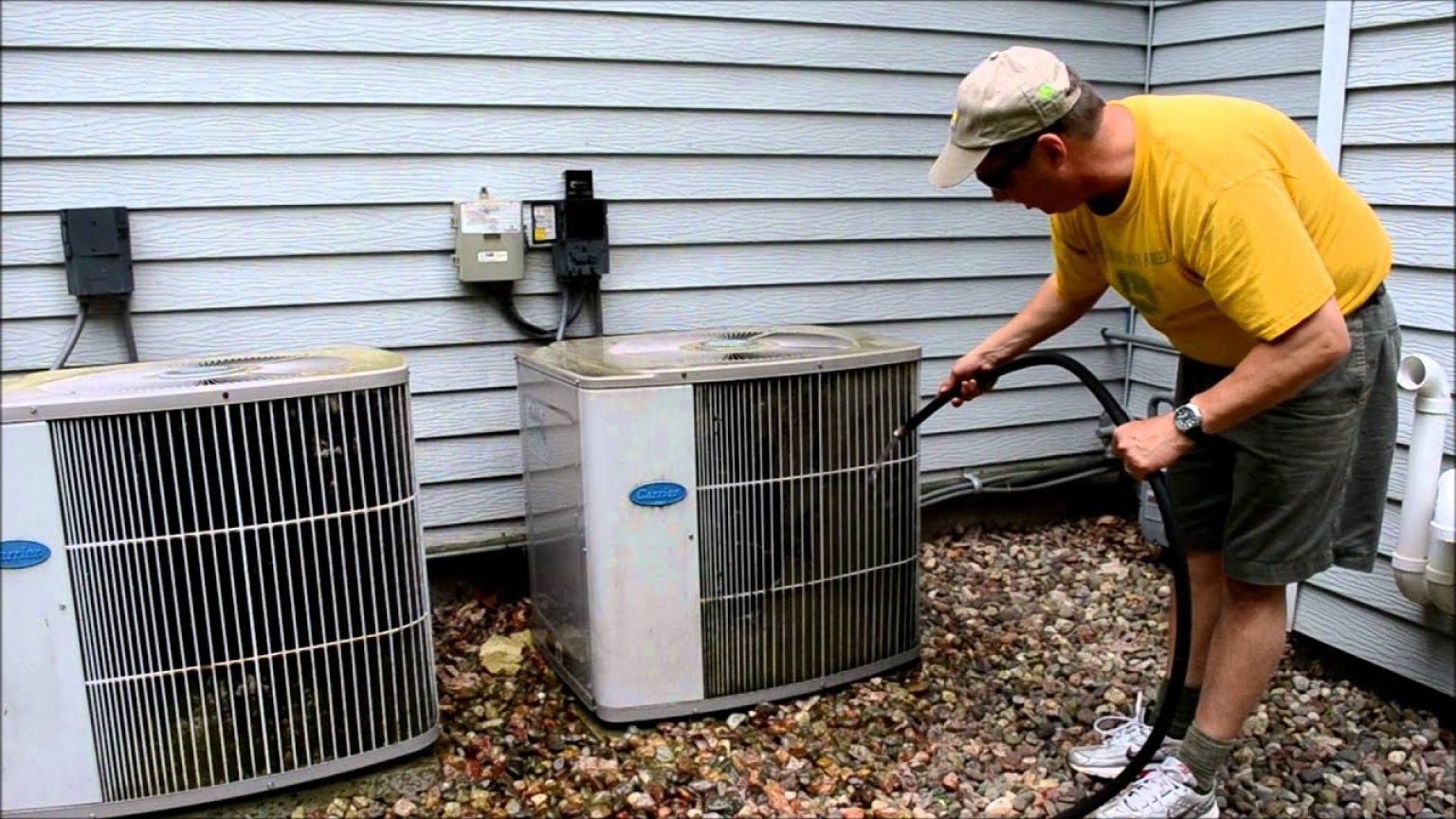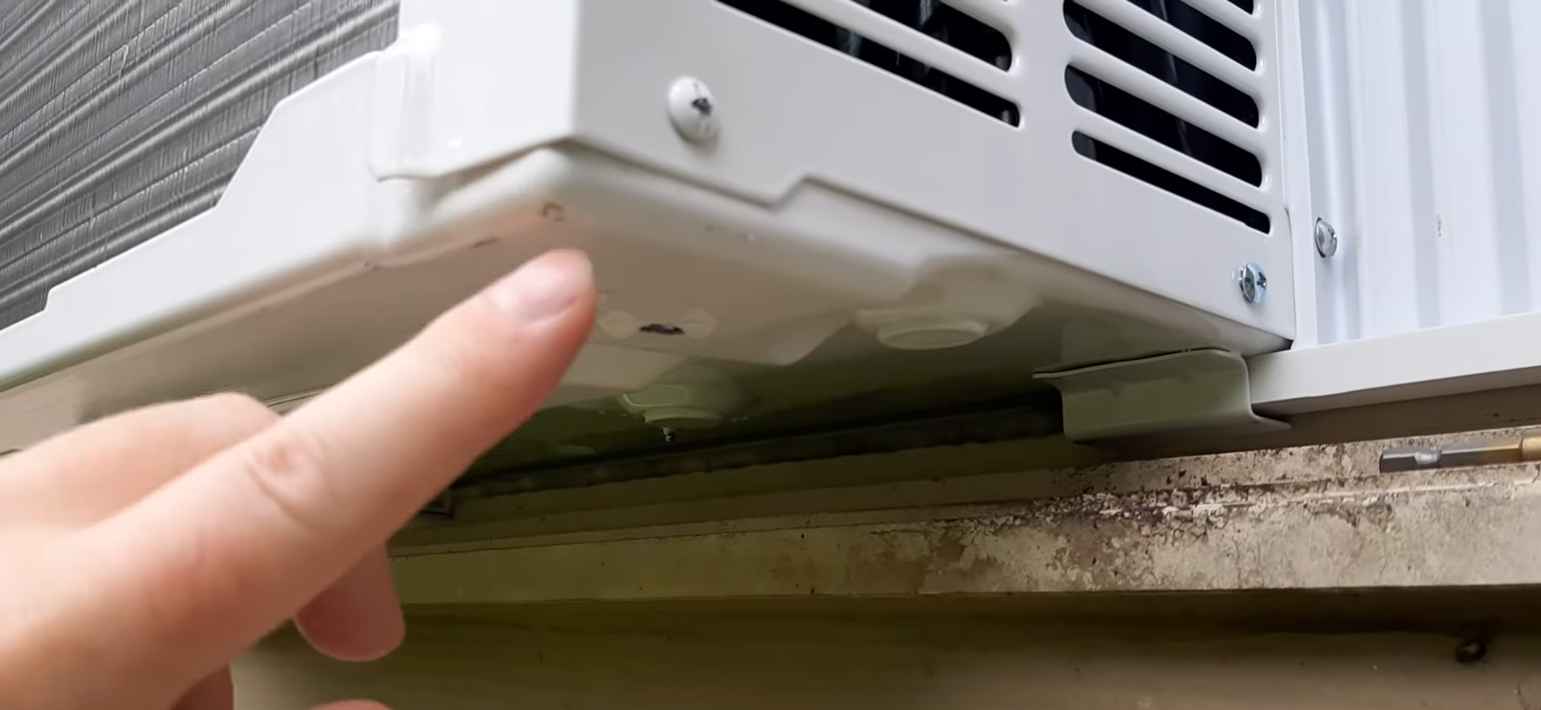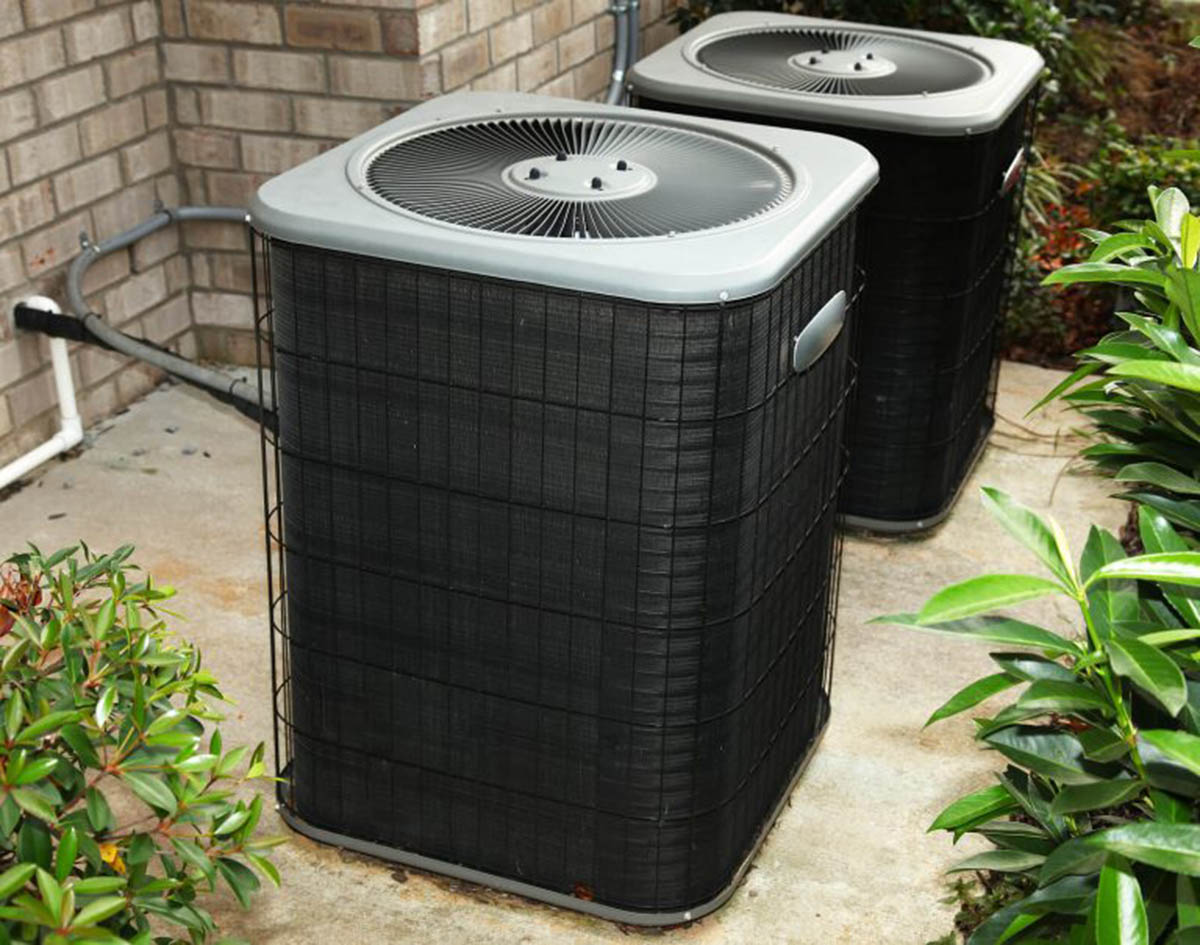Home>Home Maintenance>Where Are The Coils On An Air Conditioner
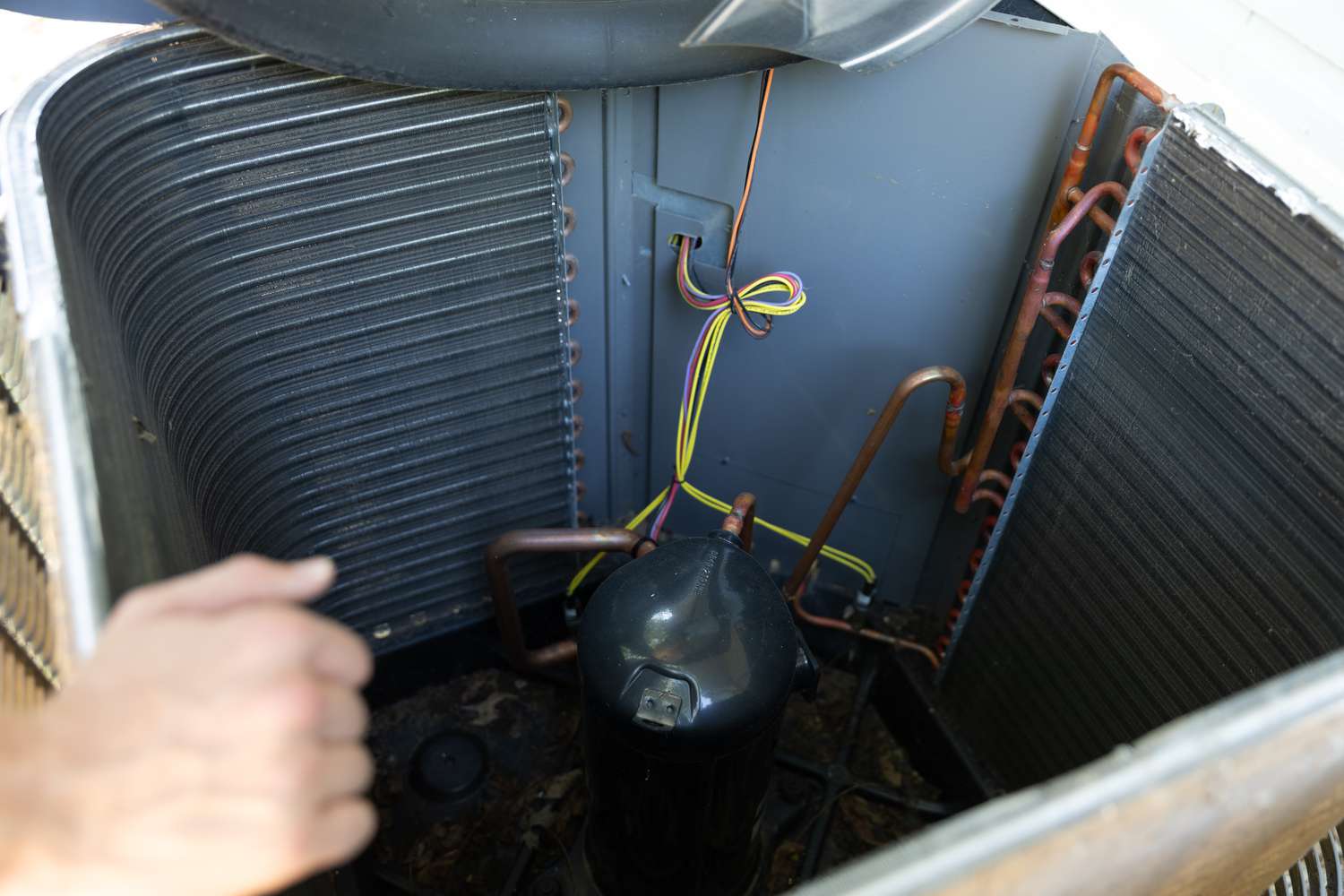

Home Maintenance
Where Are The Coils On An Air Conditioner
Modified: March 7, 2024
Learn how to locate the coils on your air conditioner for proper home maintenance. Discover essential tips to ensure your AC unit functions efficiently and effectively.
(Many of the links in this article redirect to a specific reviewed product. Your purchase of these products through affiliate links helps to generate commission for Storables.com, at no extra cost. Learn more)
Introduction
Welcome to our comprehensive guide on home air conditioning maintenance! Keeping your air conditioner in top-notch condition is crucial for maintaining a comfortable and cool indoor environment. One of the key components of an air conditioner is the coils. Understanding the location and importance of the coils will enable you to perform proper maintenance and troubleshooting.
In this article, we will explore the purpose of coils in an air conditioner, the different types of coils, and their specific locations within the system. Whether you’re a seasoned homeowner or a novice in home maintenance, we’ve got you covered.
So, let’s jump right in and discover where the coils are located in an air conditioner!
Key Takeaways:
- Coils in an air conditioner, like the evaporator and condenser coils, are crucial for cooling your home. Evaporator coils absorb heat indoors, while condenser coils release it outdoors, ensuring a comfy atmosphere.
- Regular maintenance, like cleaning and checking for leaks, keeps indoor and outdoor coils in top shape. This helps your air conditioner work efficiently, saving energy and preventing costly repairs.
Purpose of Coils in an Air Conditioner
The coils in an air conditioner play a crucial role in the cooling process. They are responsible for transferring heat to or from the air, depending on whether you are running the system in cooling mode or heating mode. Understanding the purpose of the coils will help you appreciate their importance in maintaining a comfortable indoor environment.
The primary purpose of the coils in the air conditioner is to facilitate the exchange of heat between the indoor and outdoor environments. Let’s take a closer look at the two types of coils and their specific purposes:
- Evaporator Coils: These coils are located indoors and are responsible for absorbing heat from the air inside your home. When the air conditioner is running in cooling mode, the refrigerant inside the coils evaporates, absorbing heat from the indoor air. The cooled air is then circulated back into your living spaces, creating a comfortable environment. Evaporator coils essentially cool down the air inside your home.
- Condenser Coils: In contrast to evaporator coils, condenser coils are located in the outdoor unit of the air conditioner. Their main purpose is to release the heat absorbed by the evaporator coils. The refrigerant, which has absorbed heat from the indoor air, flows to the outdoor unit and releases the heat into the outdoor environment through the condenser coils. This process allows the refrigerant to cool down and prepare for another cycle of heat absorption.
Overall, the coils in an air conditioner contribute significantly to the cooling process by efficiently transferring heat between the indoor and outdoor environments. Without properly functioning coils, your air conditioner would struggle to cool your home effectively and maintain a pleasant indoor temperature.
Types of Coils in an Air Conditioner
An air conditioner consists of two main types of coils: evaporator coils and condenser coils. Both types perform distinct functions in the cooling process, ensuring efficient heat transfer and proper operation of the system.
- Evaporator Coils: These coils are located inside the indoor unit of the air conditioner. They are typically made of copper or aluminum tubes with delicate aluminum fins. The evaporator coils are responsible for absorbing heat from the indoor air. As the refrigerant flows through the coils, it evaporates and absorbs heat energy, cooling down the air circulating inside your home. This cooled air is then distributed by the air conditioner through the ductwork, providing a refreshing and comfortable indoor environment.
- Condenser Coils: Unlike evaporator coils, condenser coils are located in the outdoor unit of the air conditioner. They are also made of copper or aluminum tubes with aluminum fins. The main function of the condenser coils is to release the heat absorbed by the evaporator coils into the outdoor air. As the refrigerant flows through the condenser coils, it condenses and releases the heat energy, allowing the refrigerant to cool down and prepare for another cycle of heat absorption. The condenser coils play a crucial role in dissipating the heat and ensuring the efficient operation of the air conditioning system.
It’s important to note that the coils are an integral part of the refrigeration cycle in an air conditioner. They work together with other components, such as the compressor and the expansion valve, to effectively cool down your home. Proper maintenance and regular cleaning of the coils are essential to ensure optimal performance and energy efficiency of your air conditioning system.
Now that we’ve covered the types of coils in an air conditioner, let’s explore their specific locations within the system.
Location of Coils in an Air Conditioner
The coils in an air conditioner are strategically placed in different locations to optimize their performance and facilitate efficient heat transfer. Let’s take a closer look at the specific locations of the coils within the air conditioning system.
- Indoor Coils: The evaporator coils, which are responsible for absorbing heat from the indoor air, are located inside the indoor unit of the air conditioner. This unit is typically situated within the ductwork or the air handler, which is commonly found in the attic, basement, or utility closet of a home. The evaporator coils are enclosed in a metal housing and are connected to the refrigerant lines that carry the refrigerant between the indoor and outdoor units. Air from your home passes over the evaporator coils, and the heat is transferred to the coils, resulting in cool air being circulated back into your living spaces.
- Outdoor Coils: The condenser coils, responsible for releasing the absorbed heat into the outdoor air, are located in the outdoor unit of the air conditioner. This unit is often referred to as the condensing unit or the compressor unit. The condenser coils are contained within a metal cabinet and are visible from the outside. They are exposed to the outdoor air and are accompanied by a fan that helps in dissipating the heat. The refrigerant, after absorbing heat from the indoor space, flows to the outdoor unit and releases the heat through the condenser coils. The cooled refrigerant then returns to the indoor unit to repeat the cooling cycle.
Understanding the location of the coils in an air conditioner is essential for proper maintenance and troubleshooting. It allows you to identify potential issues and perform regular cleaning to ensure optimal performance of your air conditioning system. Regular cleaning of the coils, especially the outdoor condenser coils, is crucial to prevent the buildup of dirt and debris, which can impede heat transfer and reduce the efficiency of the system.
Now that we’ve covered the location of the coils in an air conditioner, you have a better understanding of where these crucial components are situated within the system. In the next sections, we will dive deeper into the specific features and maintenance practices for indoor and outdoor coils.
The coils on an air conditioner are typically located in two places: the evaporator coil inside the indoor unit and the condenser coil inside the outdoor unit. Regular cleaning and maintenance of these coils is important for the efficient operation of the air conditioner.
Indoor Coils
The indoor coils, also known as evaporator coils, play a vital role in the cooling process of an air conditioner. These coils are located in the indoor unit of the system, typically found in the attic, basement, or utility closet. Understanding the features and maintenance practices for indoor coils will help ensure optimal performance and energy efficiency of your air conditioning system.
The indoor coils are enclosed within a metal housing and are made up of copper or aluminum tubes with aluminum fins. These fins increase the surface area, allowing for efficient heat transfer. When the air conditioner is running in cooling mode, the refrigerant inside the coils evaporates, absorbing heat from the indoor air.
To keep your indoor coils in good condition, regular maintenance is crucial. Here are a few key maintenance practices to keep in mind:
- Clean or Replace Air Filters: Air filters in the air conditioning system help prevent dust, dirt, and other particles from clogging the coils. It’s essential to clean or replace the air filters regularly to ensure proper airflow and prevent the accumulation of debris on the coils. Clogged filters can obstruct airflow, reduce cooling efficiency, and strain the system.
- Clean the Coils: Over time, indoor coils can accumulate dirt, dust, and other debris. This buildup can reduce the efficiency of the coils and hinder proper heat transfer. Regularly cleaning the coils is important to maintain optimal performance. You can use a soft-bristle brush or a vacuum cleaner with a brush attachment to remove debris from the coils. Avoid using any sharp objects or abrasive cleaners that could damage the delicate fins.
- Check for Coil Leaks: Inspect the indoor coils for any signs of refrigerant leaks. Look for oil stains or refrigerant dripping from the coils. If you suspect a leak, it’s best to contact a professional HVAC technician to diagnose and repair the issue. Refrigerant leaks not only reduce cooling efficiency but can also be harmful to the environment.
- Schedule Professional Maintenance: While regular cleaning is essential, it’s also important to schedule professional maintenance for your air conditioning system. A trained technician can inspect the indoor coils, check for any underlying issues, and perform necessary tune-ups to ensure optimal performance and longevity of your unit.
By following these maintenance practices, you can keep your indoor coils in excellent condition, ensuring efficient heat absorption and proper cooling of your living spaces. Remember, a well-maintained air conditioning system can provide you with optimal comfort and energy savings.
In the next section, we will explore the details of outdoor coils and their maintenance requirements.
Read more: What Is An Air Conditioner Coil
Outdoor Coils
The outdoor coils, also known as condenser coils, are an essential component of an air conditioning system. These coils are located in the outdoor unit of the system, commonly referred to as the condensing unit or compressor unit. Understanding the features and maintenance practices for outdoor coils will help ensure optimal performance and longevity of your air conditioning system.
The condenser coils are typically made of copper or aluminum tubes with aluminum fins. They are designed to dissipate the heat absorbed from the indoor air by releasing it into the outdoor environment. This heat transfer process allows the refrigerant to cool down and prepare for another cycle of heat absorption.
Maintaining the outdoor coils is crucial for maintaining the efficiency of your air conditioning system. Here are some key maintenance practices to keep in mind:
- Clean the Coils: Outdoor coils are exposed to the elements, making them prone to accumulating dirt, dust, debris, and even plant growth over time. It’s important to regularly clean the coils to ensure proper heat dissipation. Use a garden hose or a specially designed coil cleaner to remove any buildup on the coils. Be sure to turn off the power to the unit before cleaning and allow the coils to dry completely before turning it back on.
- Clear Surrounding Debris: Ensure that the area around the outdoor unit is clear of any obstructions, such as bushes, leaves, or trash. Allowing adequate airflow around the unit helps in efficient heat dissipation. Trim any vegetation around the unit to maintain a clearance of at least two feet on all sides.
- Check for Bent Fins: Carefully inspect the fins on the outdoor coils for any bending or damage. Bent fins can restrict airflow and reduce the efficiency of the coils. You can use a fin comb or a small brush to straighten any bent fins, but be gentle to avoid causing further damage.
- Monitor for Refrigerant Leaks: Keep an eye out for any signs of refrigerant leaks, such as oil stains near the outdoor coils or hissing sounds coming from the unit. If you suspect a refrigerant leak, it’s essential to contact a professional HVAC technician to address the issue and recharge the refrigerant if necessary.
- Schedule Professional Maintenance: In addition to regular DIY maintenance, it’s recommended to schedule professional maintenance for your air conditioning system. A trained technician can thoroughly inspect the outdoor coils, check for any underlying problems, and perform necessary tune-ups to ensure optimal performance and efficiency of the unit.
By following these maintenance practices, you can keep your outdoor coils in excellent condition, allowing for efficient heat dissipation and optimal performance of your air conditioning system. Remember, a well-maintained unit not only provides comfort but also helps save energy and extend the lifespan of your air conditioning system.
Now that we’ve covered the details of both indoor and outdoor coils, you have a comprehensive understanding of the locations and maintenance practices for the key components of an air conditioning system. Regular maintenance and care will go a long way in keeping your system operating smoothly and effectively.
Conclusion
Proper maintenance of the coils in your air conditioner is crucial for ensuring efficient cooling and a comfortable living environment. Understanding the purpose, types, and locations of coils in an air conditioning system allows you to identify potential issues and perform necessary maintenance to keep the system running smoothly.
Indoor coils, also known as evaporator coils, absorb heat from the indoor air and cool it down before circulating it back into your home. Regular cleaning, replacing air filters, and checking for leaks are essential maintenance tasks for indoor coils.
On the other hand, outdoor coils, known as condenser coils, release the absorbed heat into the outdoor air. Cleaning the coils, clearing surrounding debris, and checking for bent fins are important maintenance practices to ensure optimal performance of the outdoor coils.
By performing regular maintenance and scheduling professional inspections, you can keep both indoor and outdoor coils in excellent condition, maximizing the efficiency and lifespan of your air conditioning system.
Remember, a well-maintained air conditioner not only provides a cool and comfortable atmosphere but also saves energy and reduces the chances of costly repairs.
We hope that this comprehensive guide has provided you with valuable insights into the coils in an air conditioner and their maintenance. Armed with this knowledge, you’ll be better equipped to keep your air conditioning system running smoothly and enjoy a comfortable home all year round.
Now, it’s time to roll up your sleeves, put on your maintenance hat, and give your air conditioner the love it deserves!
Frequently Asked Questions about Where Are The Coils On An Air Conditioner
Was this page helpful?
At Storables.com, we guarantee accurate and reliable information. Our content, validated by Expert Board Contributors, is crafted following stringent Editorial Policies. We're committed to providing you with well-researched, expert-backed insights for all your informational needs.
